The Fine Art of Sneaker Shopping: What Separates Winners from Pretenders
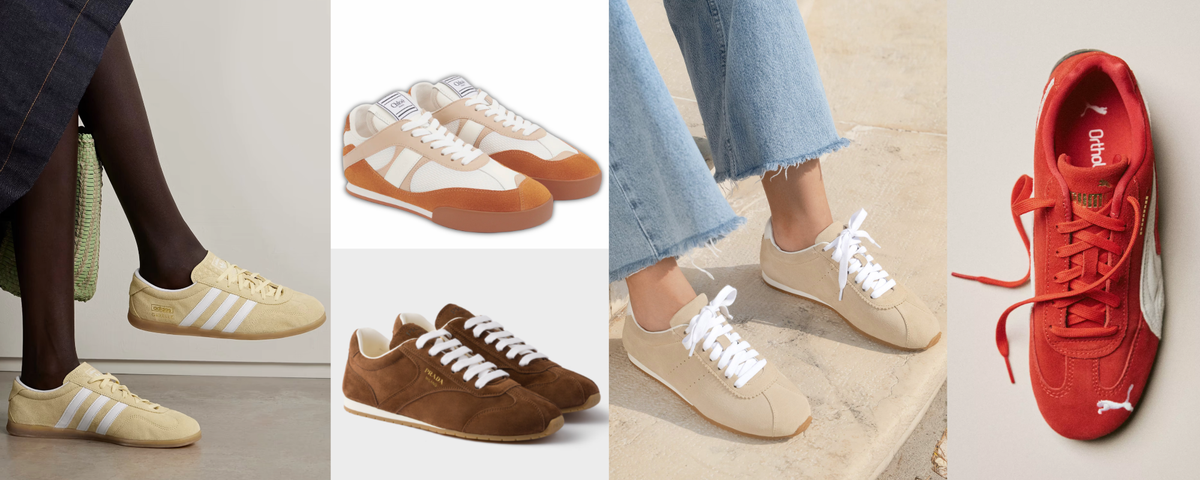
Watch the Video | Shop My Picks
The low profile sneaker is having a moment, and it's easy to see why. The pendulum decisively swung away from the early 2020s' loudly branded dad sneakers. We are firmly in a quiet luxury moment, and a soft, minimalist sneaker is the perfect shoe for it. Whereas leggings and even skinny jeans contrasted playfully with a chunky sneaker, today's wider denim and fluid pants look more thought-out with a shoe that contours the foot closely.
After analyzing dozens of sneakers from Prada's $1,100 offerings to Mango's $79 alternatives, the construction details reveal everything about whether a sneaker will look polished or amateur, regardless of the price point.
The Anatomy of Quality
Seam Execution Makes or Breaks the Look
Sneakers, with their curved components and mix of specialized materials, require production techniques that many traditional shoe manufacturers struggle to master. The clearest place to observe this is in the topstitching along the curves of appliques and patches.
High quality sneakers feature seams that glide smoothly along curves, with stitching that remains parallel to the design lines. When you see stitching that veers from the shoe's own design or creates chaotic, uneven lines, that's your cue to pass.
Compare Cos's $159 Minimal Leather Sneakers to Prada's $1,100 Montecarlo: both feature curved patches, and both Cos execute the stitching with remarkable precision. The edges are smooth, and Prada gilds the lily with its even finer, curved edges and meticulously stitched trims. Notice how Prada tucks the piping (rope-like trim) smoothly into the eyestay.
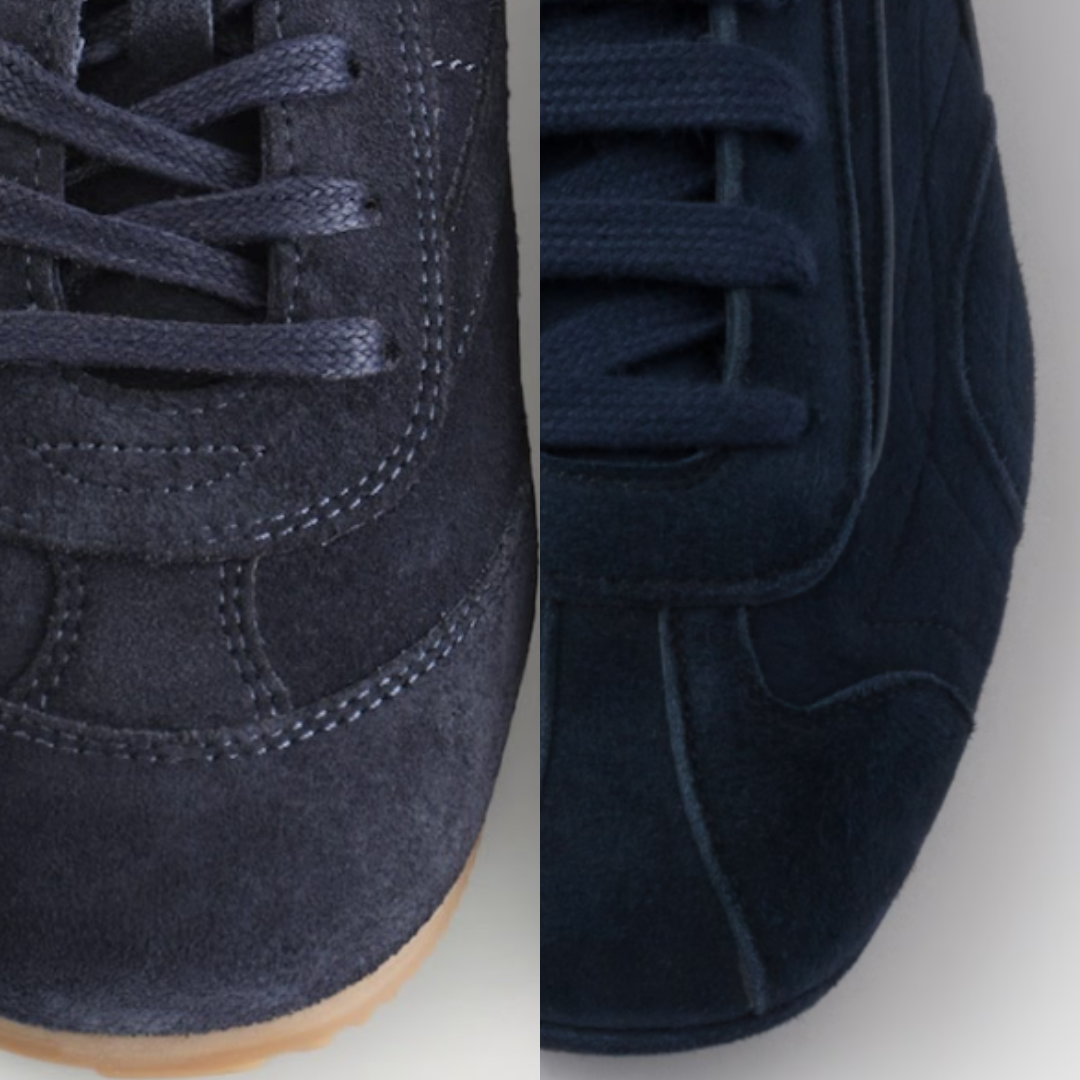
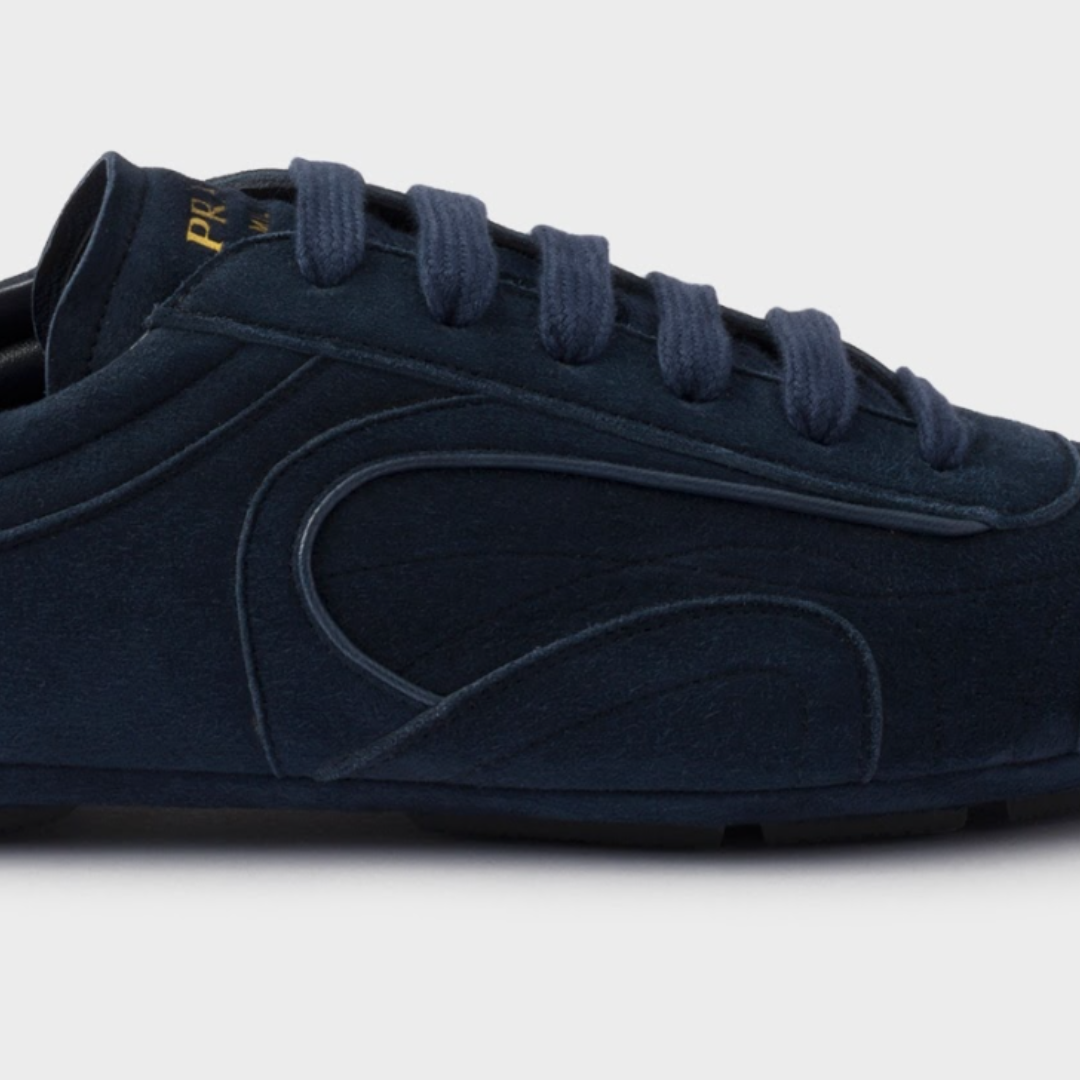
Meanwhile, some luxury options show surprisingly sloppy execution, like Bottega Veneta's $990 Orbit Flash, where stitching appears chaotic rather than intentional.
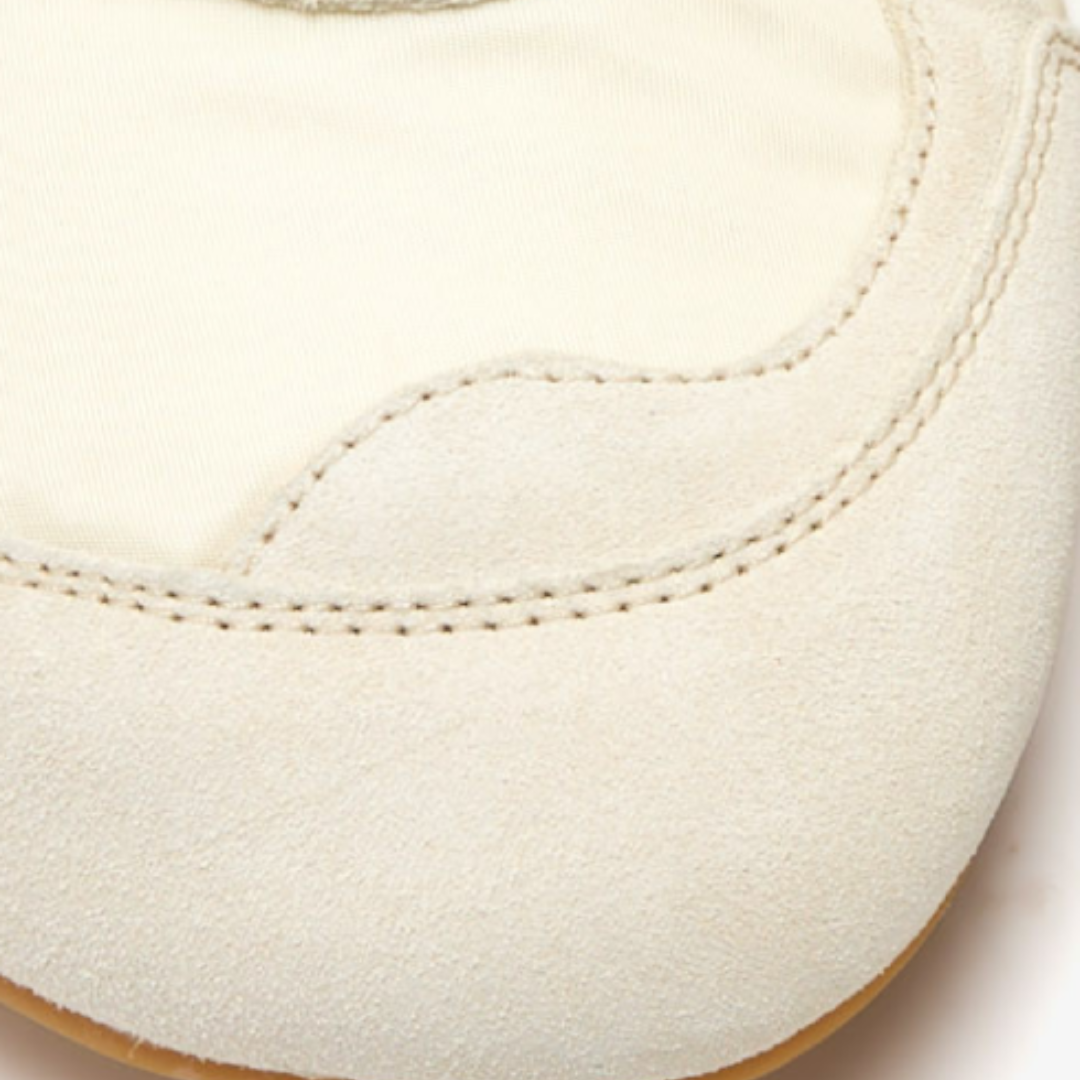
The Layer Game
Premium sneakers hide their construction layers, anticipating that thicker layers will create shadows without proper reinforcement to outer elements. When you see ridges that trace the underlying materials instead of smooth surfaces, that's a sign of careless execution. The best examples maintain a clean finish that hides the shoe's internal architecture.
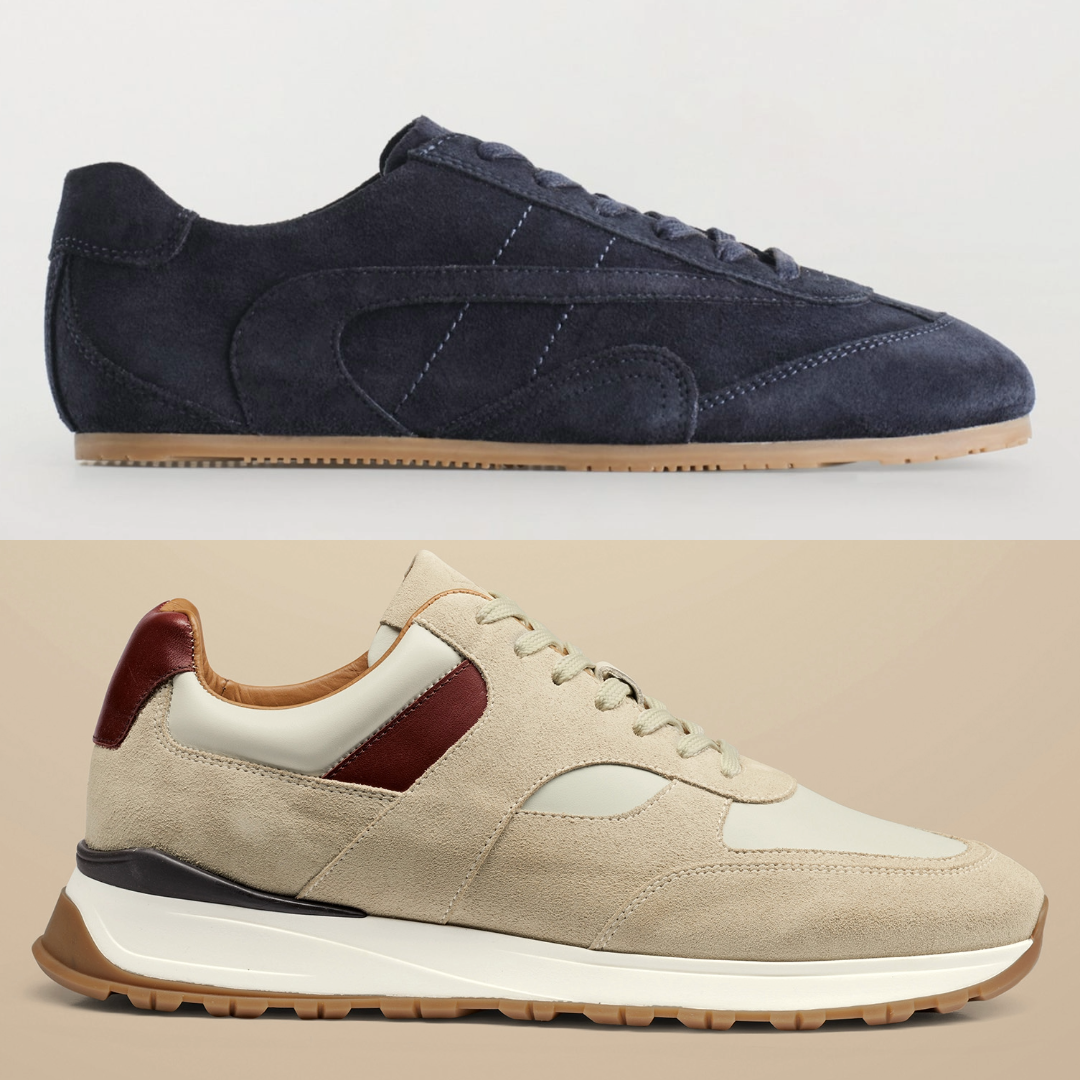
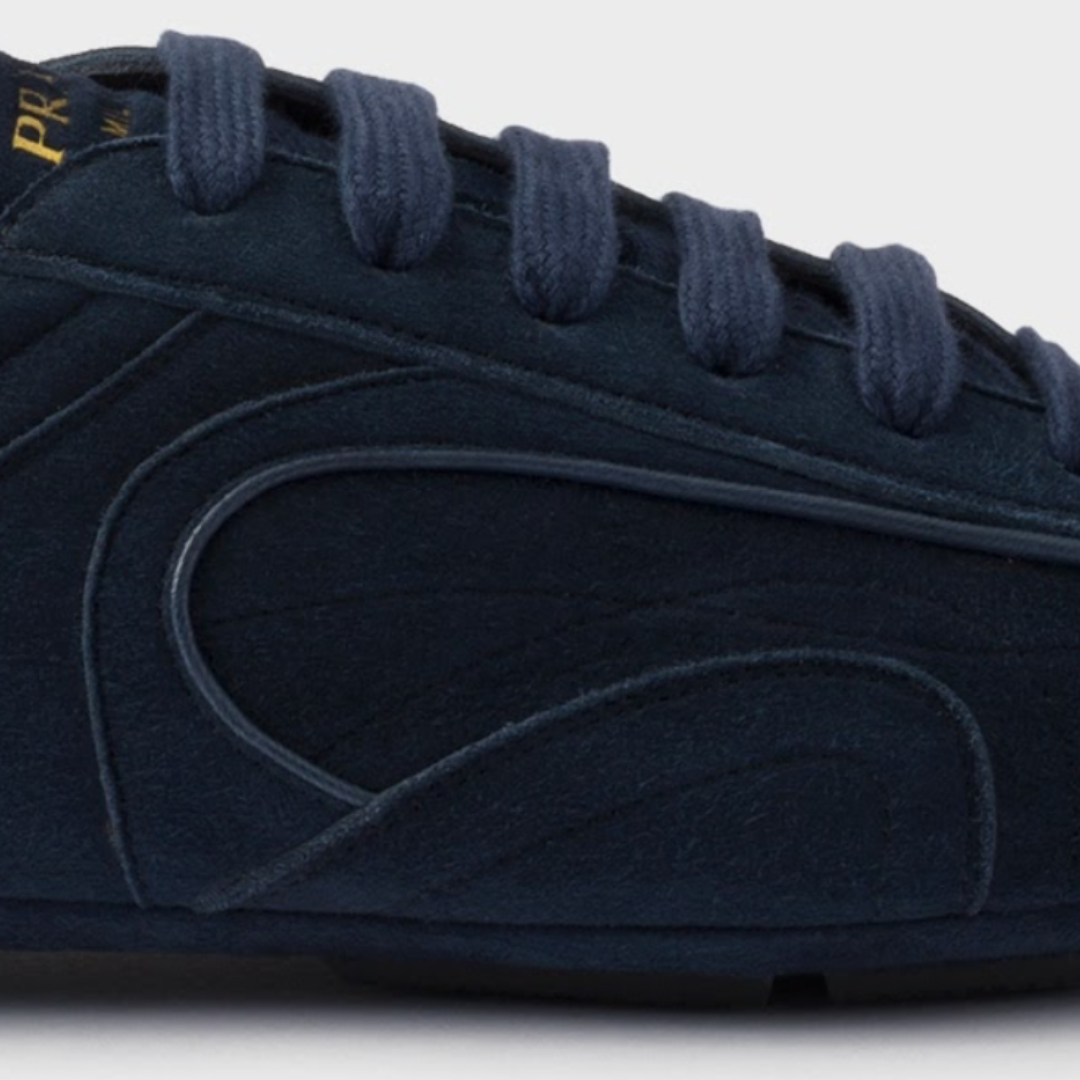
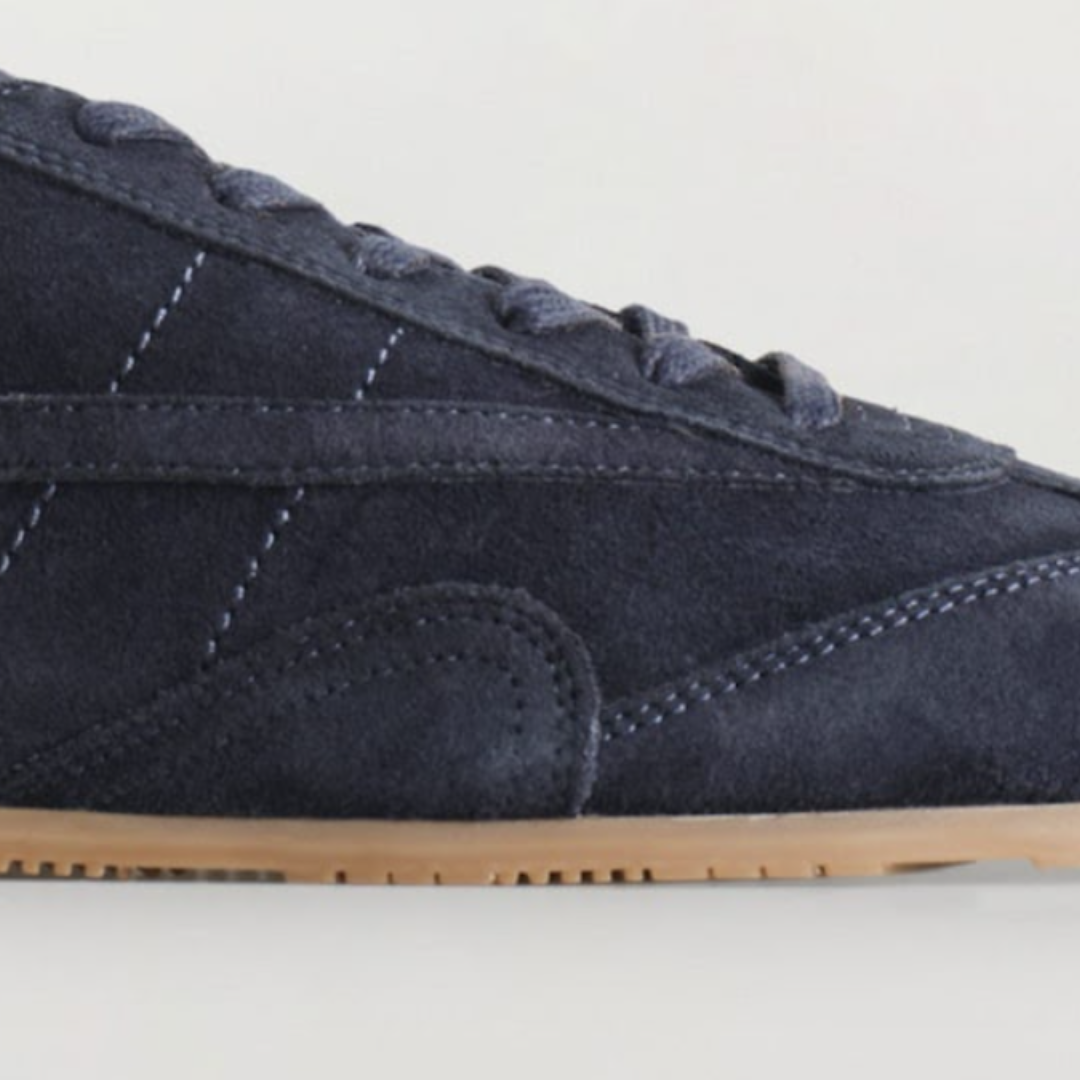
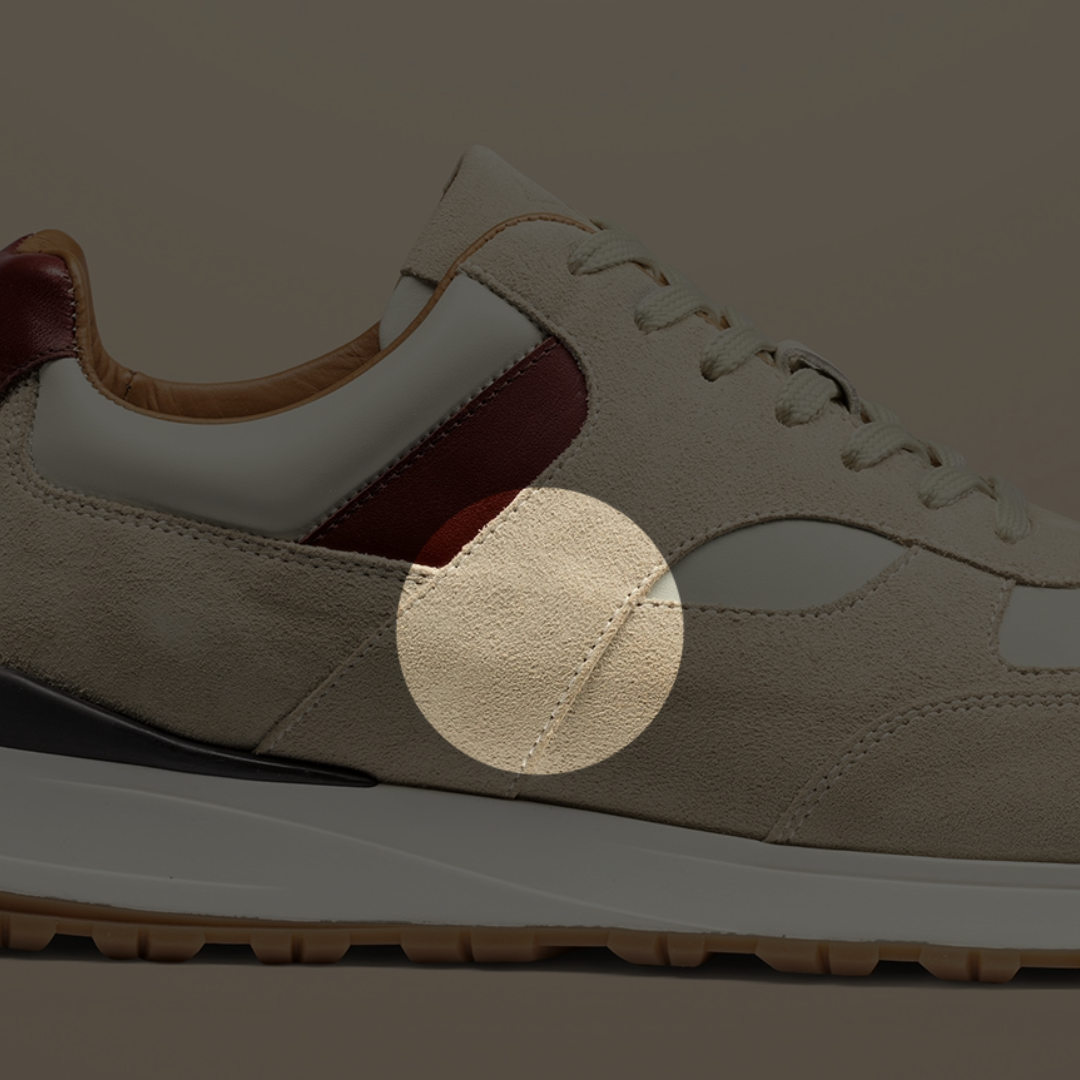
Heel Counter Mastery
The heel counter, the structure that cups the back of your foot, should be durable but invisible. Quality sneakers show a gentle arc that provides support without creating visible lines or awkward bumps. When this element is poorly executed, it creates an unflattering bulge that breaks the shoe's clean lines.
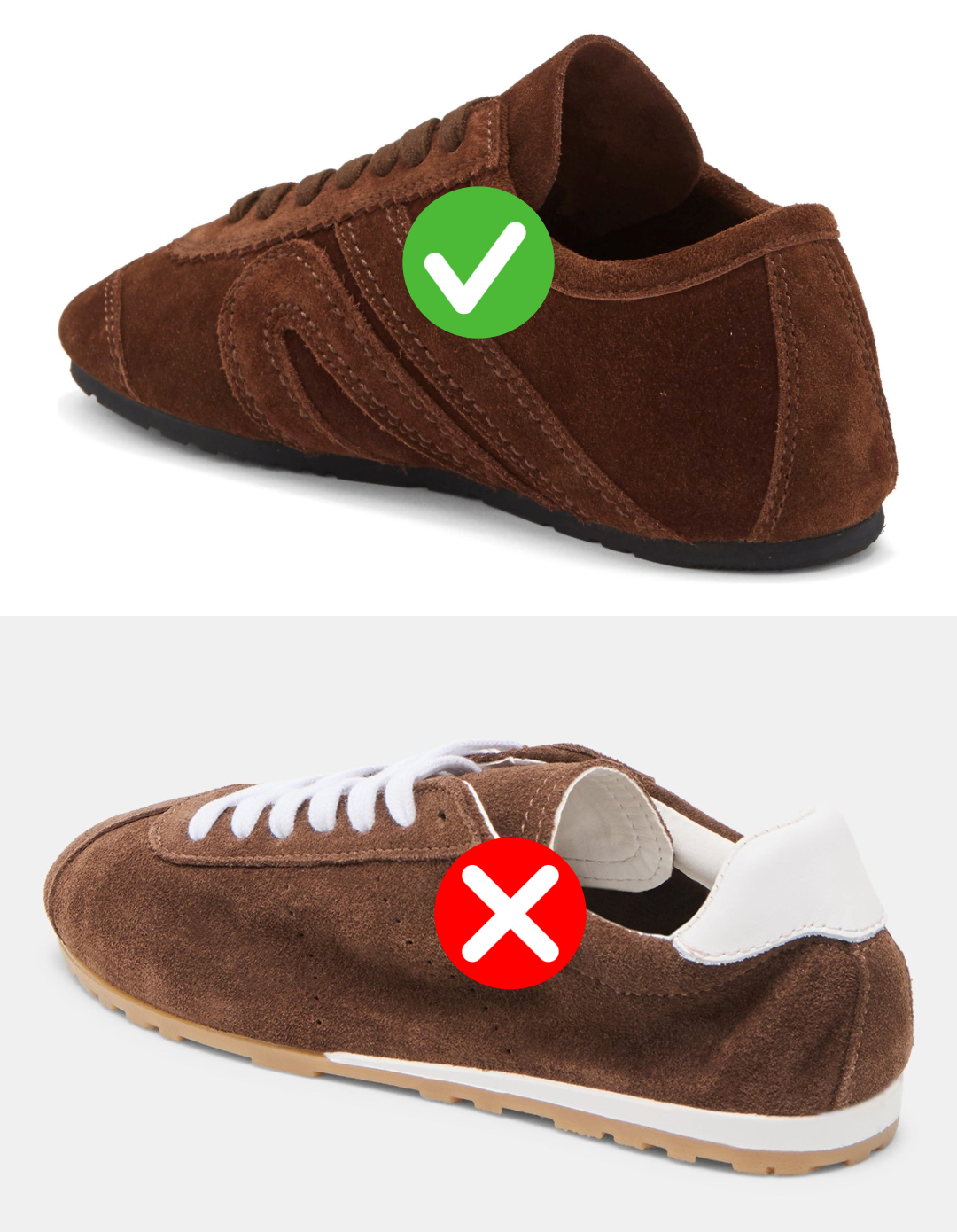
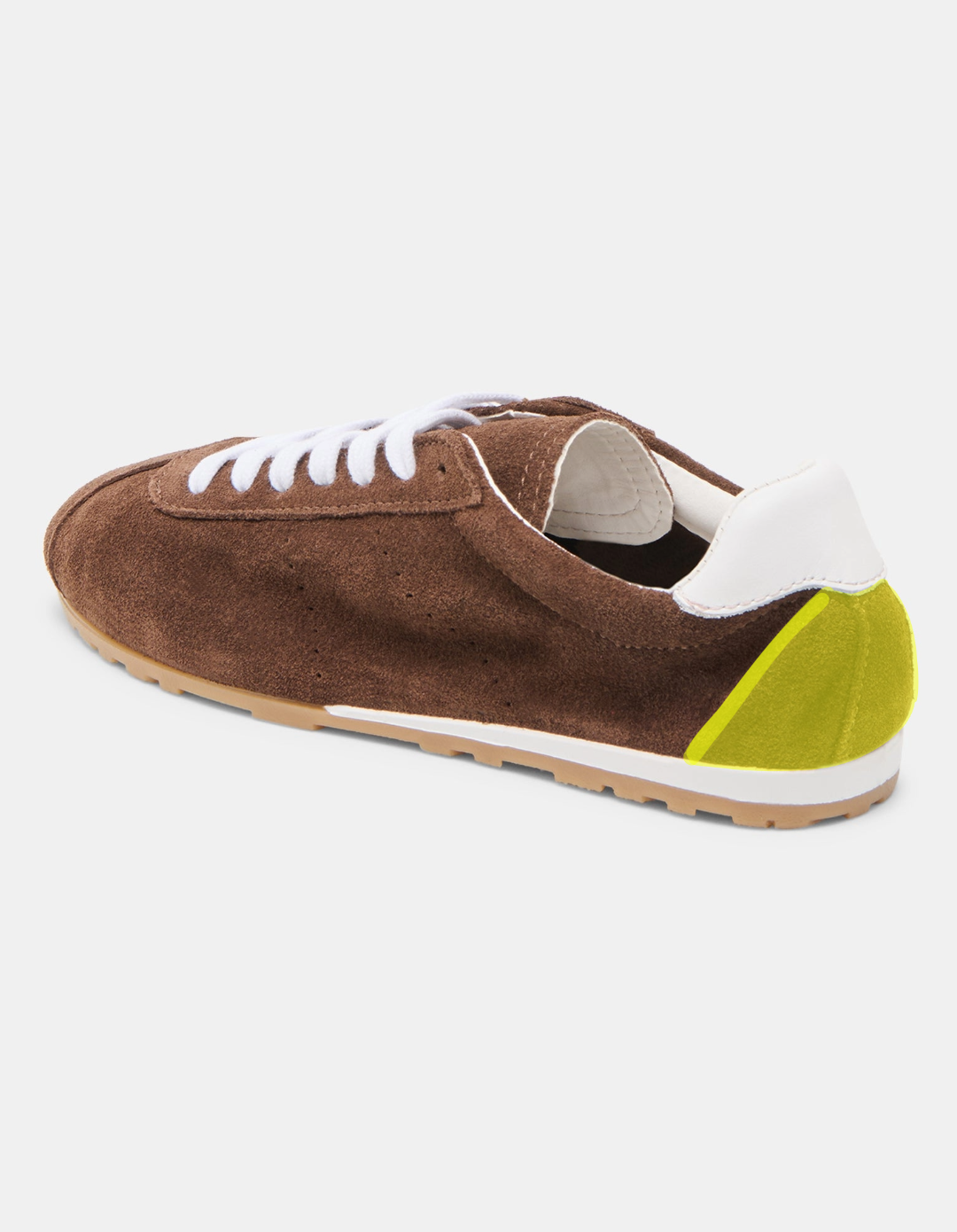
Clean heel counter on the Jeffrey Campbell Aleta, marked with a check, and a chaotic heel counter highlighted in yellow
Material Mastery: Beyond Suede
While suede offers rich texture and forgiveness for minor construction flaws, the principles of quality construction apply across materials:
- Leather: Look for consistent grain and smooth joins between different leather pieces. Avoid shoes with uneven texture, for example, some smooth areas and some areas with softer, more wrinkled pieces of leather
- Canvas: Ensure crisp edges and tight weaves that won't fray with wear
- Mixed Materials: The most challenging execution – avoid puckering around areas where the two materials are joined, especially when one is more pliable and the other more stiff
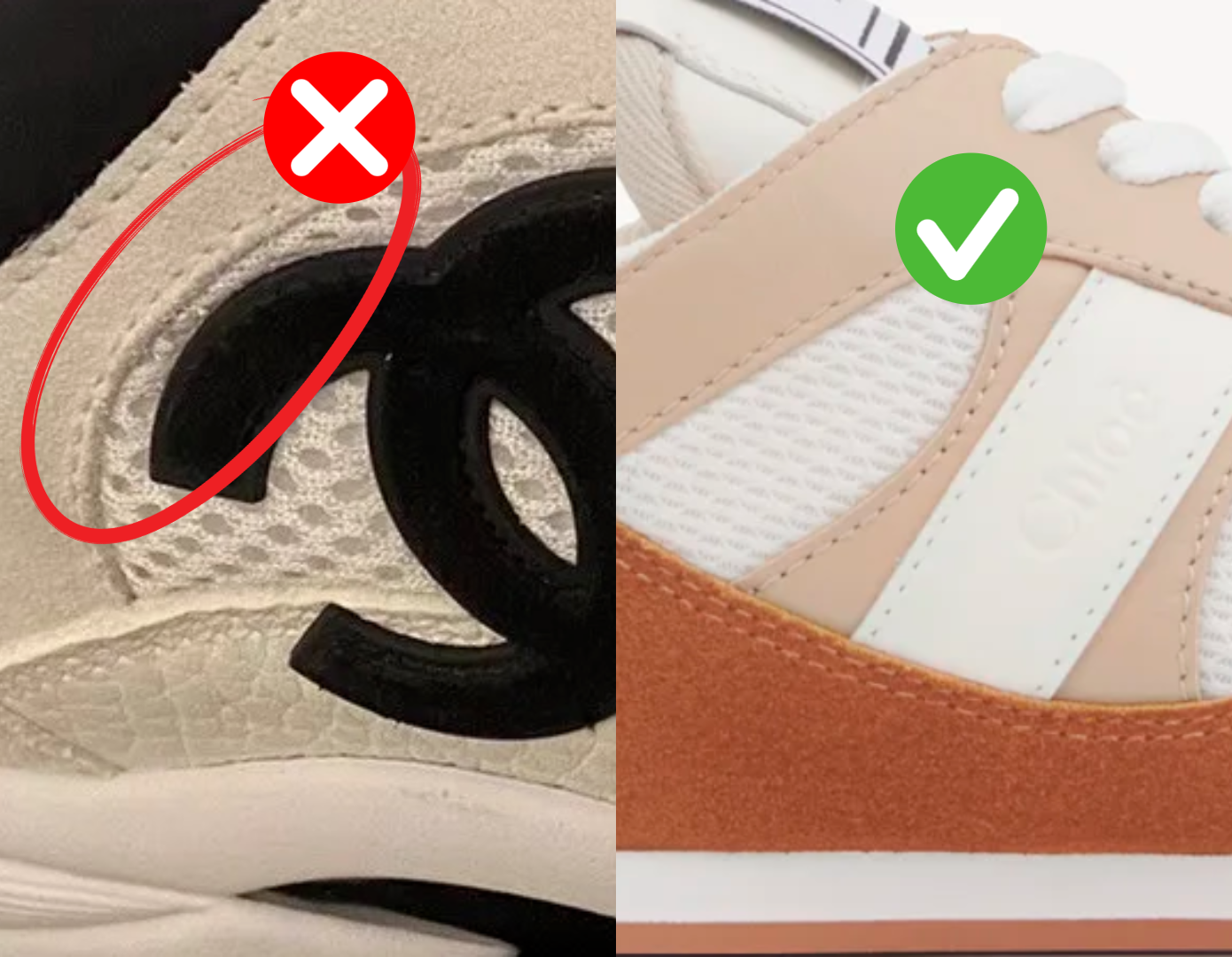
Favorites Across Points
$80-$150:
- Mango Suede Sneakers ($79): A refined silhouette with just enough structuring to keep it neat, but still low-profile and trim to meet the moment
- adidas SL72 ($100 on sale for $50): Olympics heritage with quality construction
- Jeffrey Campbell Aleta ($125): Buttery suede with smooth leather accents. Very impressive design, execution, and suede
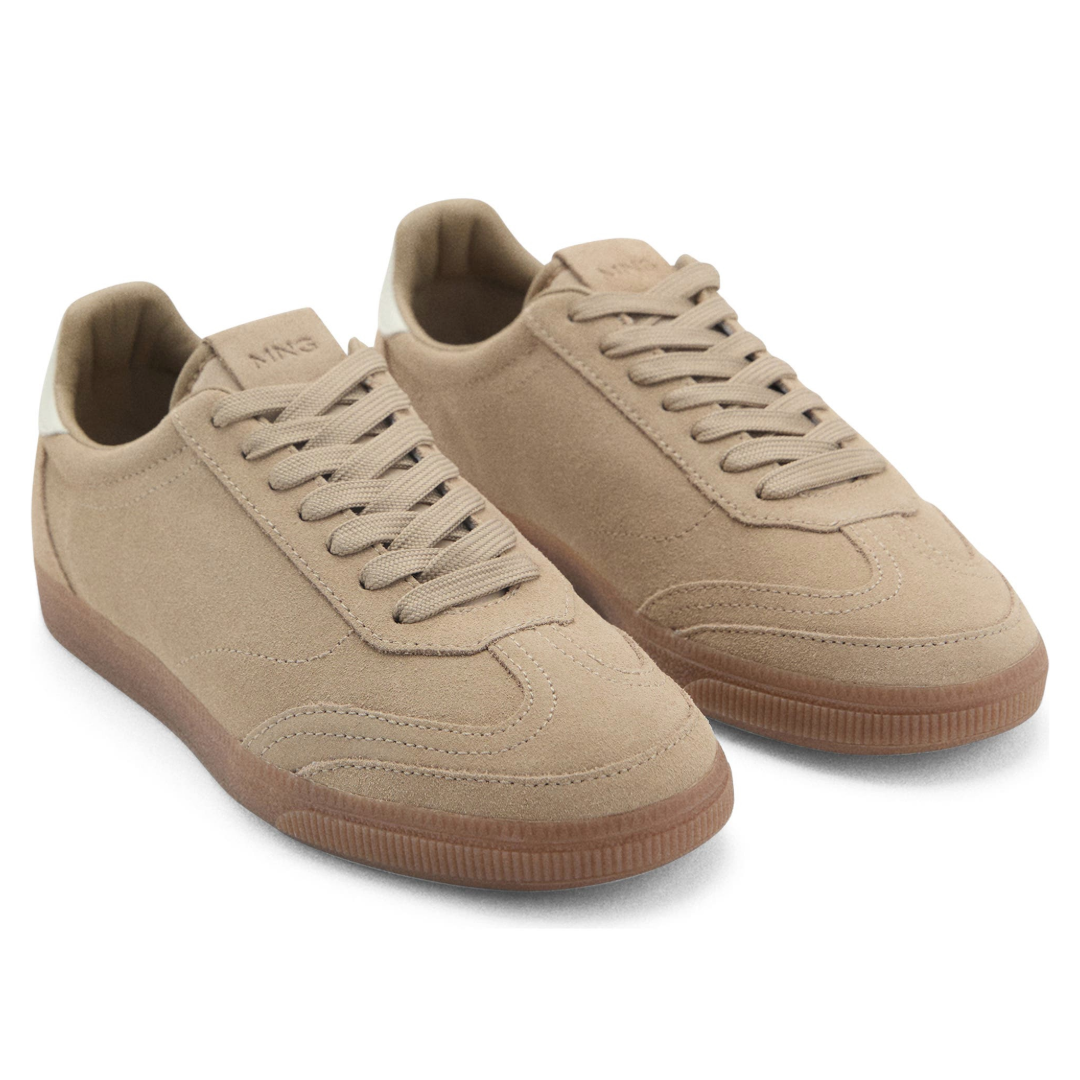 $79 |
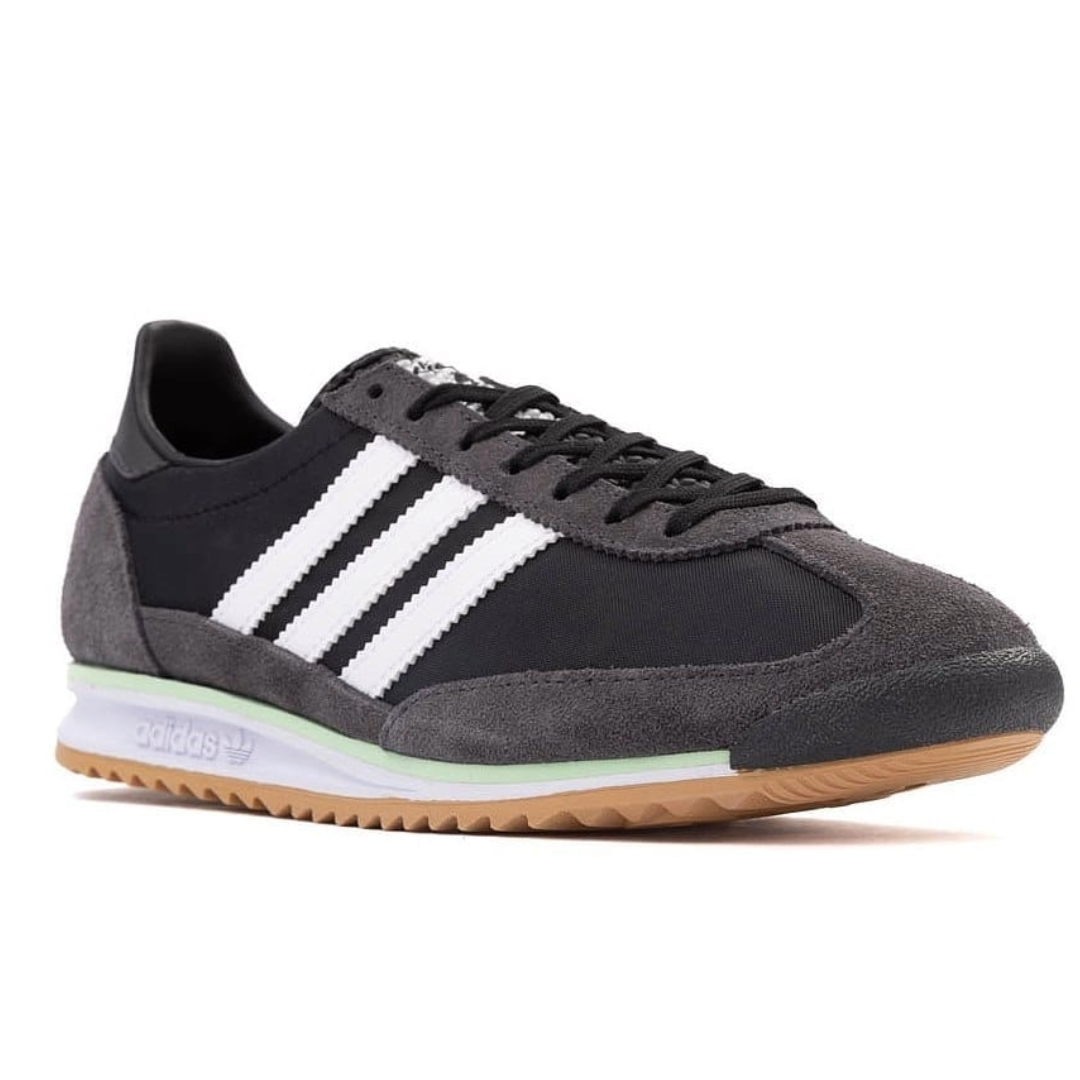 |
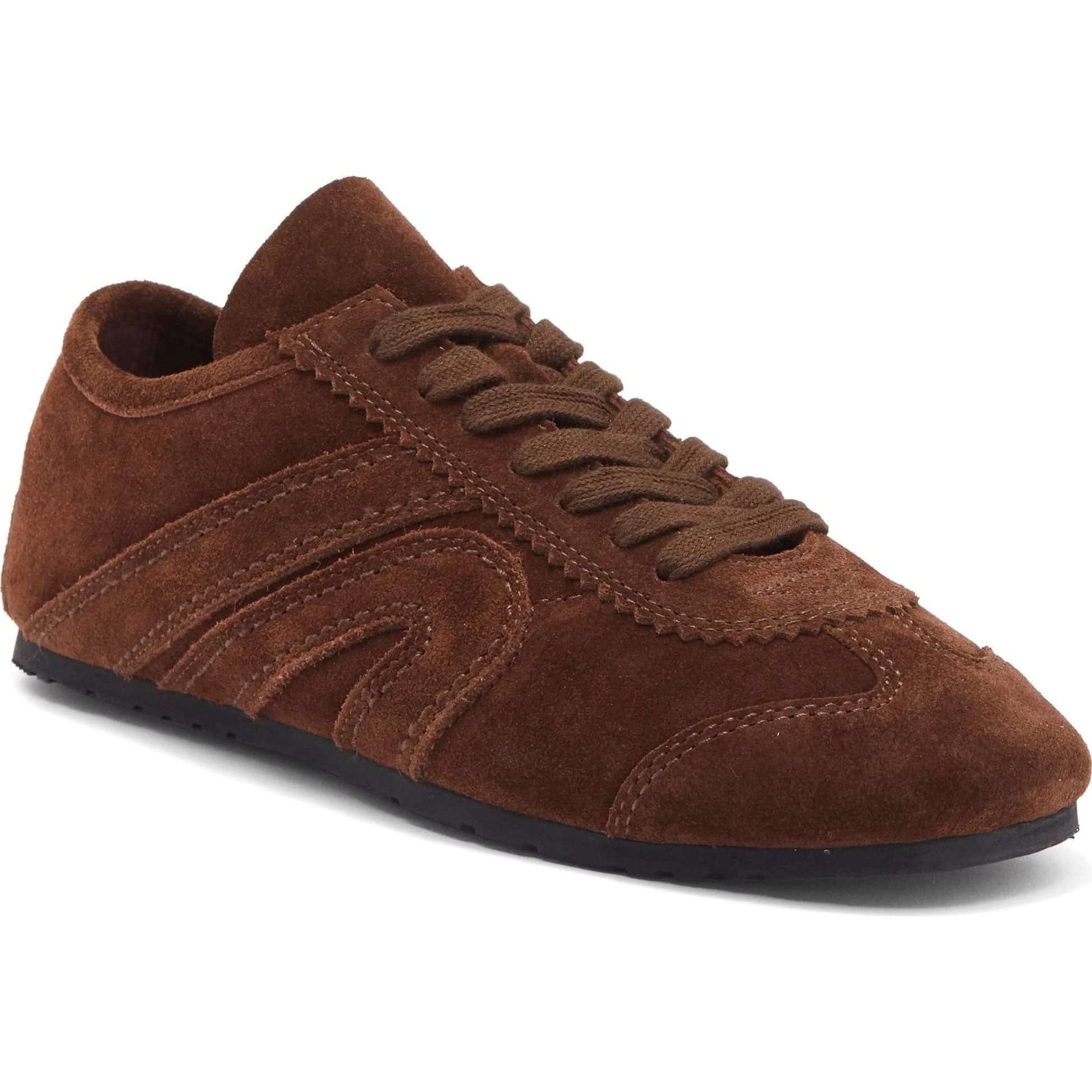 $125 |
$150-$200:
- Cos Minimal Leather Sneakers ($159): Impeccable stitching and proportions
- Reformation Terra Sneakers ($198): Supple suede and a refined shape that contours the foot beautifully
- Massimo Dutti Split Suede Trainers ($200): Soft structure you typically only find in luxury-priced shoes
